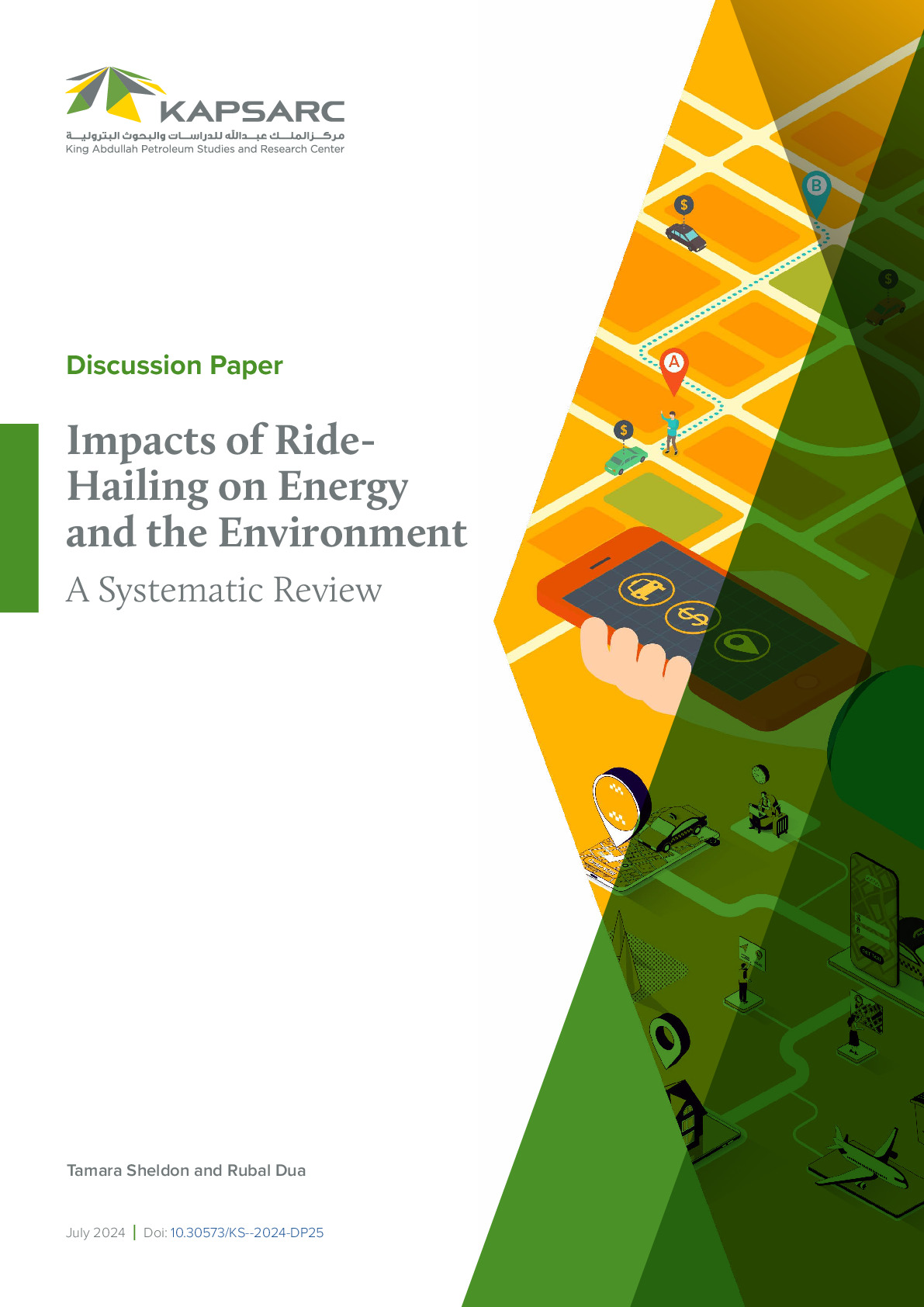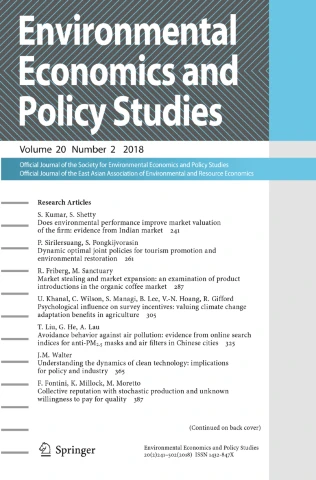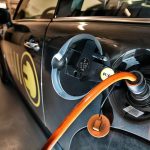Demand-side policies, including rebates, sales tax exemptions, and tax credits promote clean vehicle adoption, with the goal of reducing local air pollution and greenhouse gas (GHG) emissions. Limited research to date on their cost-effectiveness and efficiency suggests such subsidies are unsustainably expensive, but this may not tell the whole story. KAPSARC used a nationally representative sample of new car purchases in the United States and developed a vehicle choice model-based simulation to assess the scope for reducing the costs of subsidy policies.

Fellow
Rubal is a research fellow at KAPSARC focused on understanding consumer decision making, in particular, consumer choice of energy-efficient technologies…
Rubal is a research fellow at KAPSARC focused on understanding consumer decision making, in particular, consumer choice of energy-efficient technologies and mobility options under alternative technology and policy scenarios. Before joining KAPSARC, Rubal gained a Ph.D. at KAUST designing advanced carbon materials for energy and environmental applications, with a particular focus on energy storage, carbon capture, waste-water treatment, and hydrogen generation via solar water splitting. Prior to that, he worked at the University of Pennsylvania on a semiconductor industry-funded project, developing a continuum modeling framework for simulating the physics of micro defect formation in silicon crystals.
Expertise
- Behavorial decision science
- Consumer adoption
- Energy-efficient mobility and shared autonomous mobility-on-demand
Publications See all Rubal Dua’s publications

Impacts of Ride-Hailing on Energy and the Environment: A Systematic Review
Demand-side policies, including rebates, sales tax exemptions, and tax credits promote clean vehicle adoption, with…
15th July 2024
Energy Price Reform to Mitigate Transportation Carbon Emissions in Oil-Rich Economies
Demand-side policies, including rebates, sales tax exemptions, and tax credits promote clean vehicle adoption, with…
2nd April 2024
